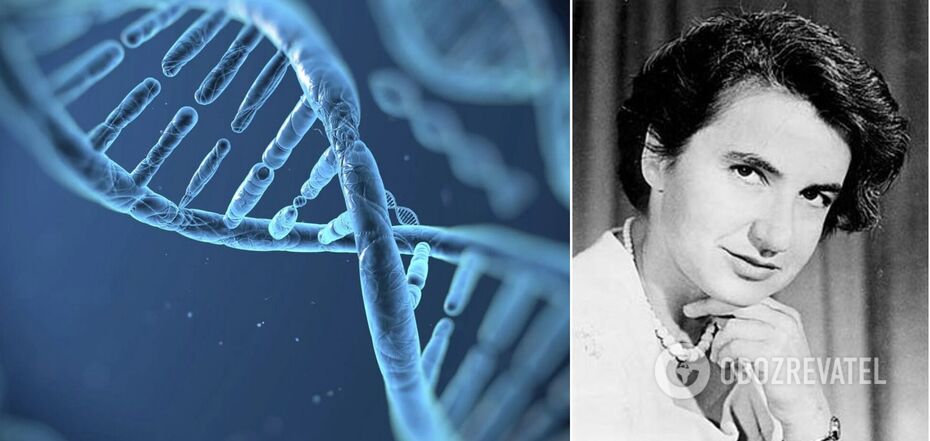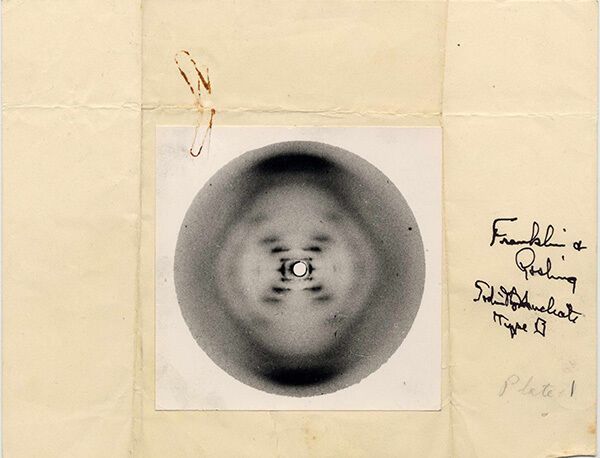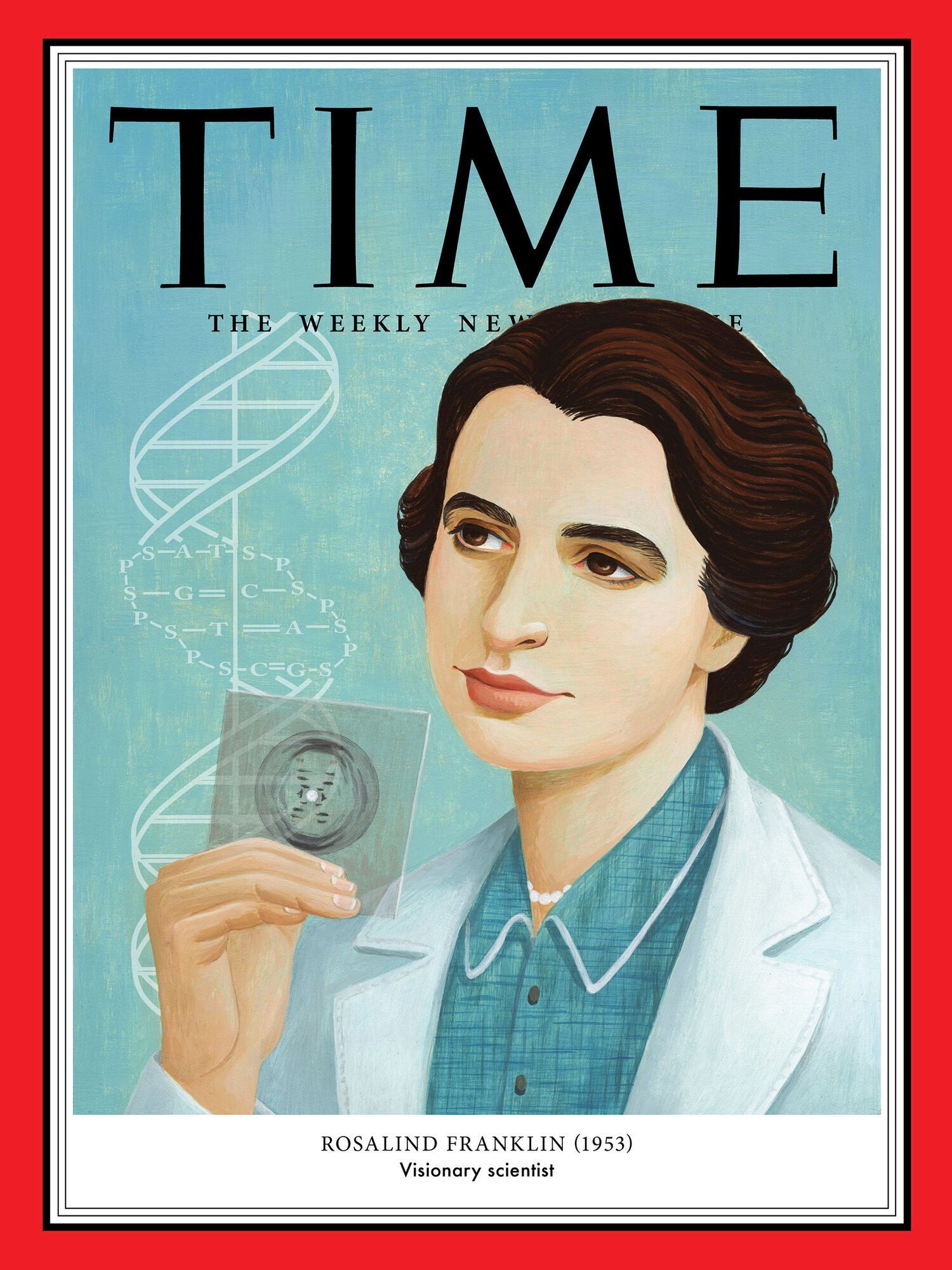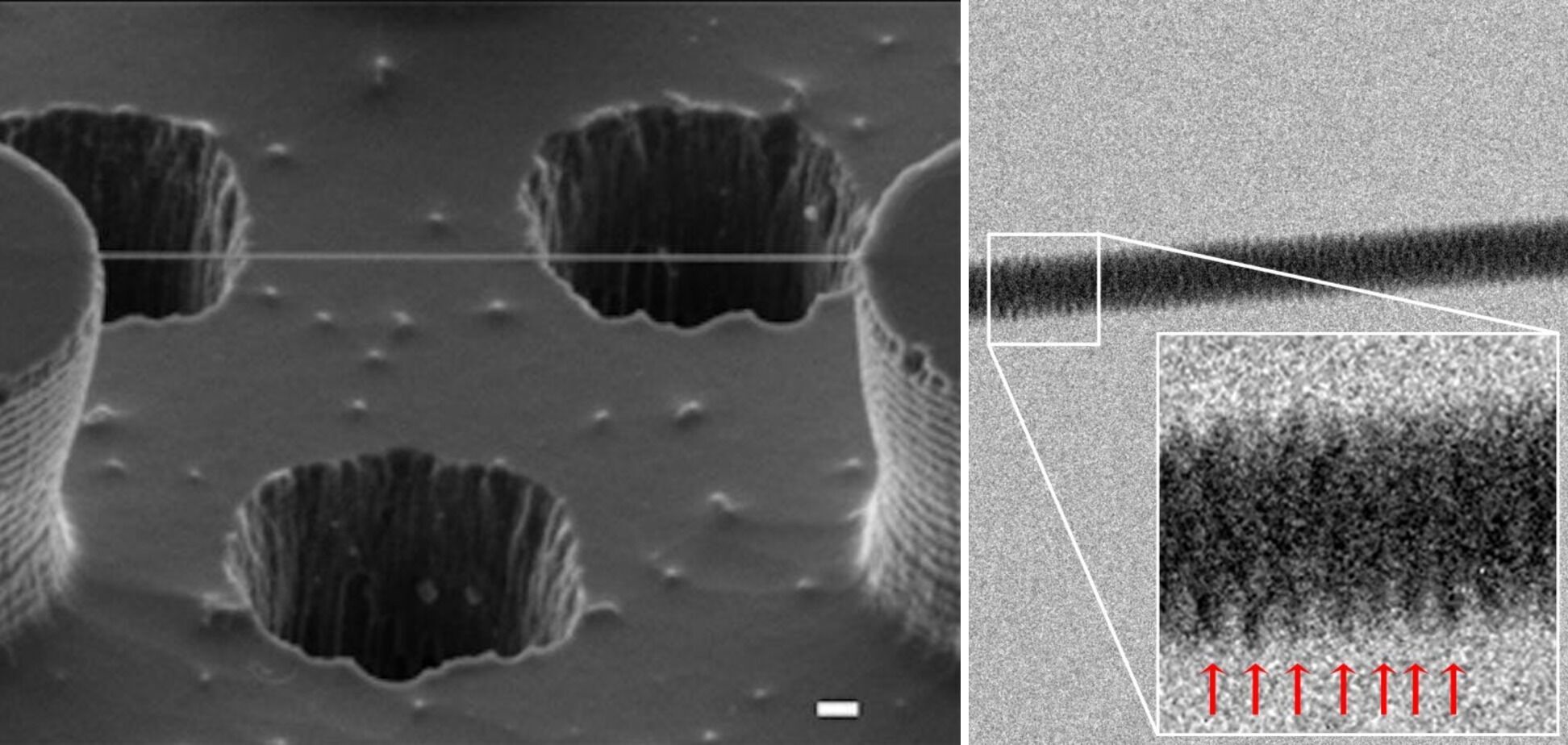Life
What the first ever photo of DNA looked like and who took it
Thanks to its natural curiosity, mankind strives to discover more and more horizons, and while some look up into the sky, dreaming to see the universe in all its beauty, others choose microscopes, trying to see what is impossible to see at all. That's exactly what Rosalind Franklin did in 1952, who was the first in the world to photograph the double helix structure of DNA.
OBOZREVATEL tells about the first-ever photo of DNA, and how more than half a century later, Franklin's achievement has been tried to surpass.
DNA, show us your face.
They say that behind every big man is a woman. This is just such a story. Chances are you don't know the last name, Franklin. And it's not at all because you're not interested in DNA and its research. It's just that, as with so many things in human history, all the glory went to men.
Franklin was born in 1920 in London and attended St. Paul's School for Girls. There she showed outstanding abilities in mathematics and science, so already at the age of 16, the girl knew she wanted to go into science.
Already early in her career, Franklin helped the scientific community understand the detailed microstructure of coal, classified its different types, and developed an understanding of how it burns. Much later, she was also able to contribute to the understanding of viruses - particularly polio. But the scientist made her greatest discovery at age 32, though she never received recognition for it.
During her scientific work, Franklin achieved great mastery of X-ray crystallography. This is a photographic technique that allows you to visualize how atoms in large molecules combine with each other through a phenomenon called light diffraction.
Franklin was so skilled that she actually created the device herself, or improved on the ones she had, to get the best results.
One such photograph, created under her direction with the help of Raymond Gosling, known as Photo 51, was created in May 1952. It was the one in which mankind was first able to capture the double helical structure of DNA before it was even scientifically proven.
Franklin was very interested in the photo and decided to dig deeper, continuing her research.
Subsequently, Franklin's colleague Maurice Wilkins showed the photo without her knowledge to James Watson and Francis Crick, who also tried to prove that DNA has a spiral structure. A year later, Watson will recall that when he first saw the photo of Franklin, he immediately knew what he was looking at.
"As soon as I saw the picture, my mouth dropped open and my pulse quickened. The black cross of reflections that dominated the picture could only have arisen because of the spiral structure," Franklin wrote in his 1968 book, "The Double Helix."
In addition to the photo itself, scientists also had access to Franklin's analysis of the photograph. But there is no fraud here since they were working under John Randall in the Department of Biophysics at King's College London.
However, it is a certain fraud that when Watson and Crick published their results in 1953, there was no mention of the work done by Franklin. Yes, many explained that Franklin had only helped them make the discovery they would have made in the future, one way or another. But perhaps the male scientific community simply wasn't ready to share the glory with a brilliant woman.
Rosalind Franklin never waited for her moment of glory in her lifetime, passing away at age 37 from pneumonia and ovarian cancer in 1958.
Watson, Crick, and Wilkins became world famous when they received the 1962 Nobel Prize for their discovery. According to the rules of "Nobel" - dead people cannot receive the prize, so the hope for Franklin's recognition was in vain, but at least the mention of her outstanding role could have justified the fraud of Watson, Crick, and Wilkins. But they remained silent...
Now the scientific community is increasingly beginning to recognize the true significance of Franklin's work. TIME magazine 2020 named the scholar to its list of 100 Women of the Year, where experts determined the most influential women from 1920 to 2019. A special cover was created for Franklin.
Digging Deeper.
To improve on Franklin's achievement in 2012, Enzo Di Fabrizio, a physics professor at the University of Magna Graecia in Catanzaro, Italy, looked even deeper with an electron microscope.
Di Fabrizio and his colleagues built a nanoscopic landscape of water-repellent silicon columns. Subsequently, they added a solution containing strands of DNA and, when the water evaporated, strands of pure DNA stretched like ropes between the tiny pillars.
Then they shined electron beams through the holes in the silicon layer and obtained high-resolution images of the illuminated molecules.
OBOZREVATEL previously told about the first selfies ever taken in 1839.
Subscribe to OBOZREVATEL channels in Telegram and Viber to keep up with the latest developments.






























